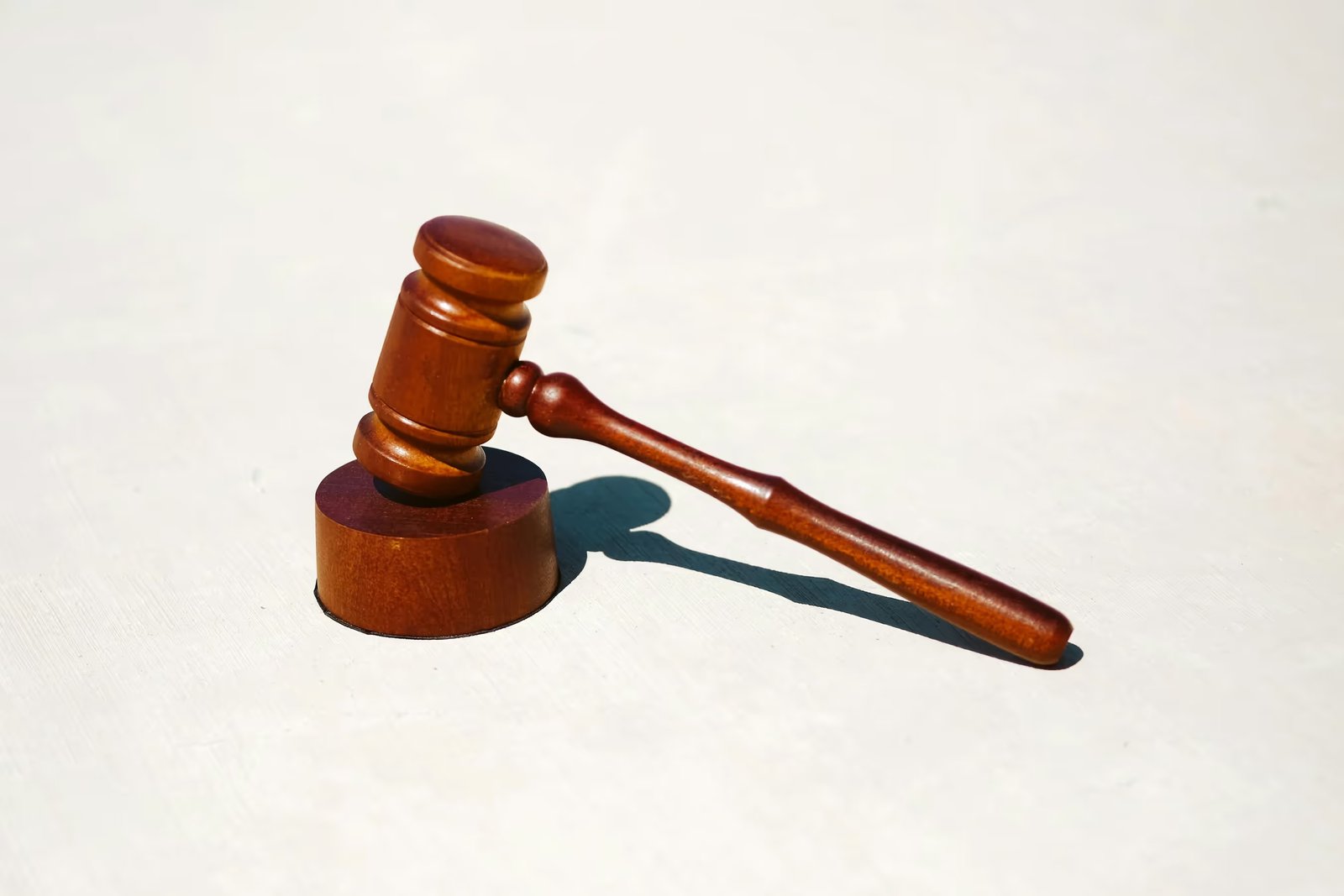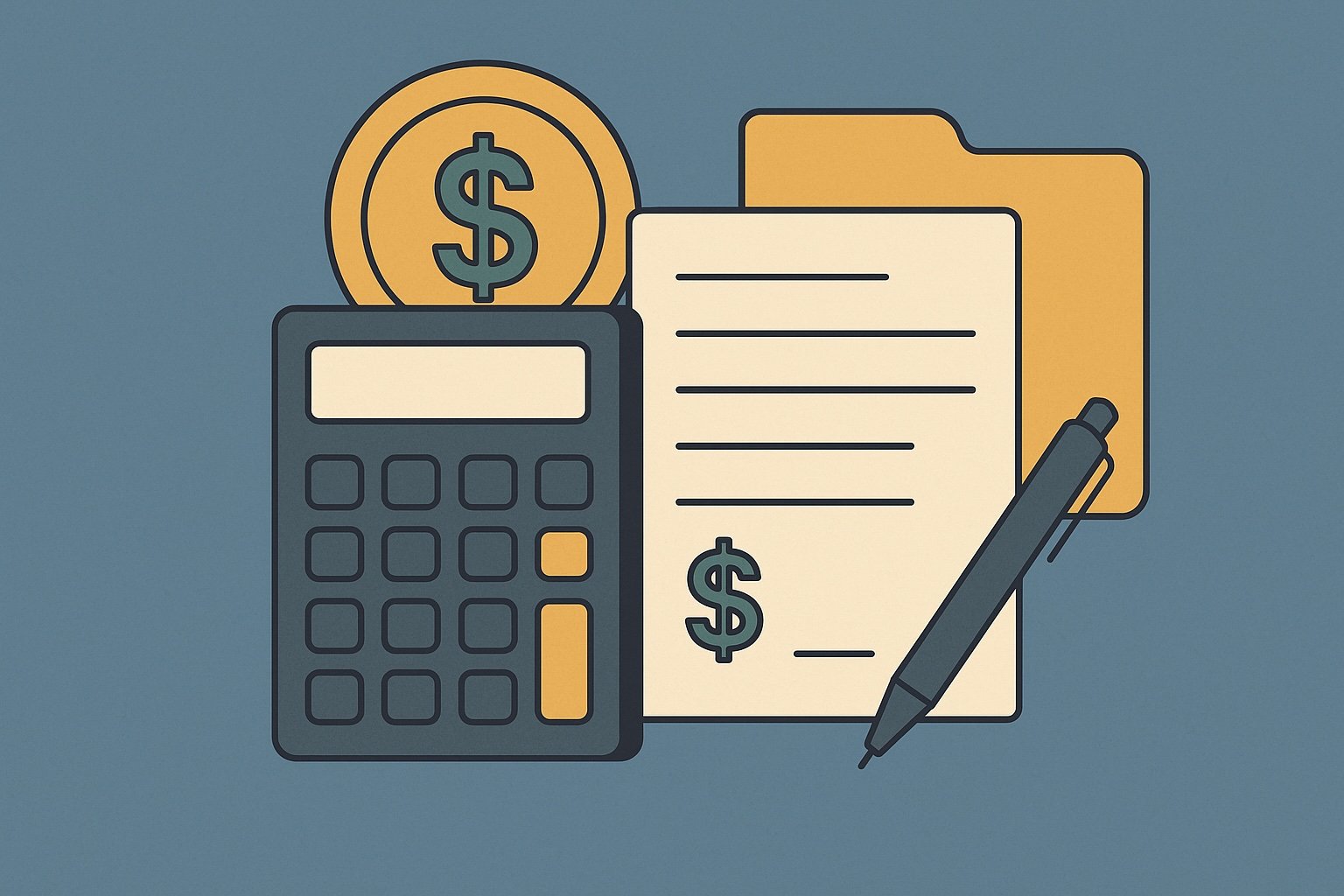Question
ARTE's Answer
Calculating the deferred gain on a 1031 exchange involves understanding the difference between the realized gain and the recognized gain, and how the exchange allows you to defer taxes on the realized gain. Here’s a step-by-step guide to help you understand the process, along with an example using Deferred.com as your qualified intermediary.
- Determine the Adjusted Basis of the Relinquished Property
- Start with the original purchase price of the property.
- Add any capital improvements made over the years.
- Subtract any depreciation taken on the property.
- Calculate the Amount Realized from the Sale
- This is the selling price of the relinquished property minus any selling expenses, such as realtor commissions and closing costs.
- Calculate the Realized Gain
- Subtract the adjusted basis from the amount realized. This gives you the realized gain, which is the total gain you would recognize if you were not doing a 1031 exchange.
- Identify the Recognized Gain
- In a 1031 exchange, the recognized gain is the portion of the realized gain that is not deferred. This typically includes any “boot” received, which is non–like-kind property or cash received in the exchange.
- Calculate the Deferred Gain
- Subtract the recognized gain from the realized gain. The result is the deferred gain, which is the amount of gain on which you are deferring taxes through the 1031 exchange.
Example
Let’s say you own a rental property that you originally purchased for $200,000. Over the years, you’ve made $50,000 in capital improvements and taken $30,000 in depreciation. You sell this property for $400,000, with $20,000 in selling expenses.
- Adjusted Basis
- Original Purchase Price: $200,000
- Plus Capital Improvements: $50,000
- Minus Depreciation: $30,000
- Adjusted Basis = $220,000
- Amount Realized
- Selling Price: $400,000
- Minus Selling Expenses: $20,000
- Amount Realized = $380,000
- Realized Gain
- Amount Realized: $380,000
- Minus Adjusted Basis: $220,000
- Realized Gain = $160,000
Now, let’s assume you use Deferred.com as your qualified intermediary to facilitate a 1031 exchange. You identify and purchase a replacement property for $400,000, and you do not receive any boot.
- Recognized Gain: Since you did not receive any boot, the recognized gain is $0.
- Deferred Gain: Realized Gain: $160,000 minus Recognized Gain: $0 = Deferred Gain = $160,000
By using Deferred.com as your qualified intermediary, you successfully defer the $160,000 gain, allowing you to reinvest the full amount into the new property without paying capital gains taxes at this time. This strategy helps you keep more of your equity working for you, potentially increasing your wealth over time.
Have more questions? Call us at 866-442-1031 or send an email to support@deferred.com to talk with an exchange officer at Deferred.
Sources
- Deferring Losses On The Sale of Property Using 1031 Exchanges
- TD 8535 (Like-Kind Exchanges of Real Property-Coordination with Section 453)
- 1.1031(k)–1 (IRS Code of Federal Regulations)
- What To Do About Exchange Expenses in a Section 1031 Exchange? (Article)
- Rev. Rul. 2002-83 (Related Party Exchanges)
- TAM 200039005 (Failed Reverse Exchanges)
1031 Question? Ask ARTE
Deferred's AI 1031 Research Assistant is trained on 8,000+ pages of US tax law and outperforms human CPAs by 22%+
CHAT NOW
Learn More
See more frequently asked questions about 1031 exchanges








